Renting a car and driving through France is a great way of exploring the country at your own pace. For an easy journey, it’s helpful you understand French road signs and road markings.
French traffic signs are not dissimilar from other European traffic signs as their shape, colour and meaning are universal. Generally:
- Circular signs are regulatory signs indicating the obligations and laws of a certain section of the road like if overtaking is prohibited.
- Square signs are information signs. They provide you with general information about the road such as if there is a bend ahead.
- Red and white triangular signs are warning signs that alert you to potential hazards like slippery road surfaces and sharp bends.
- Red and yellow triangular signs are temporary warning signs that alert you to a hazard such as road works.
Essential French Road Signs
Yield/Give Way
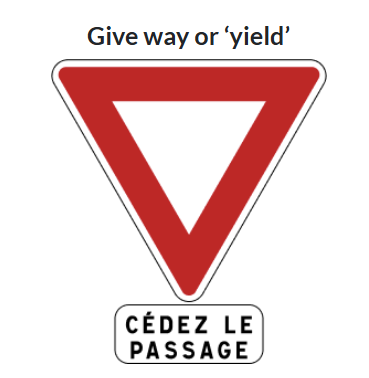
You’ll see this sign when you approach a junction. The sign indicates that you need to give way to traffic. It will either say ‘Cédez Le Passage’ or a number demonstrating the number of kilometres until you reach the junction.
Junction Ahead
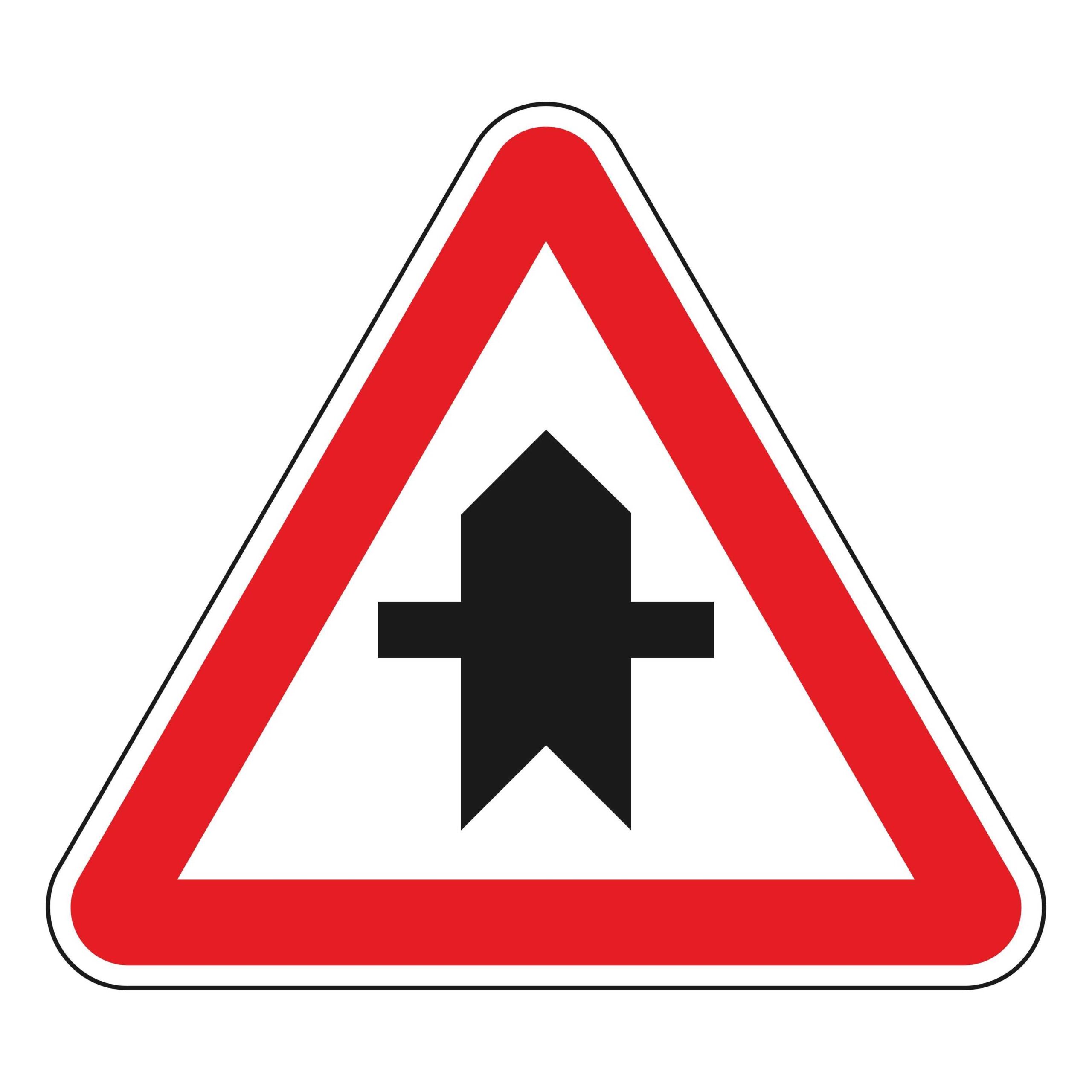
This sign tells you there is a junction ahead at which you have priority. This means any drivers turning into the road or crossing your path should give way. You should remain aware and never assume a car with definitely stop.
Priority Road
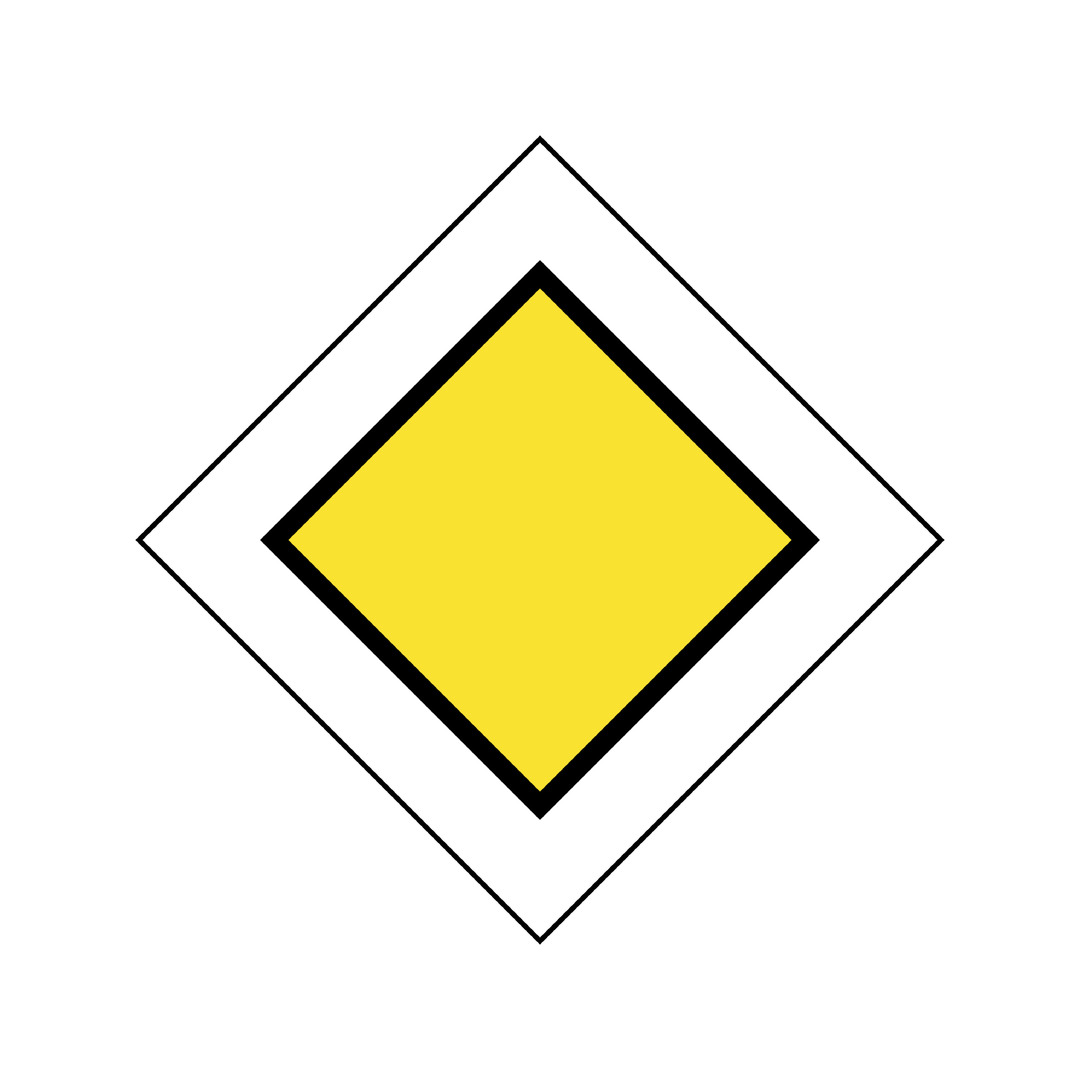
The phrase ‘Priorité à Droite’ means you give way to traffic coming from your right but this does not always apply, particularly on priority roads. The yellow diamond with a white edge means you are entering a priority road where you have the right of way. If this sign has a black line through it it means the priority road has ended and usual road rules resume.
Priority on Turn

You’ll likely see this sign before you reach a junction. It demonstrates who has priority when making a turn. This sign depicts any driver turning right has priority. These signs vary so it’s important you pay attention to who has priority at the junction.
Stop

French stop signs are easily identified; ‘arrêt’ translates to ‘stop’. When you reach this sign you must come to a complete stop as otherwise, you could face a fine of up to €135 and four points on your license.
No Entry
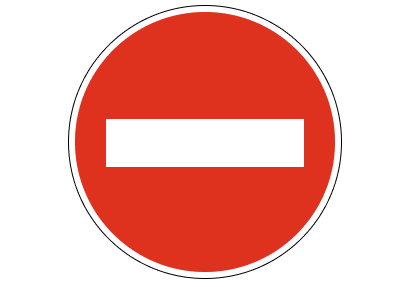
A red circle with a white horizontal line indicates entry to that area or section of road is prohibited so you will need to find an alternative route.
Speed Limit
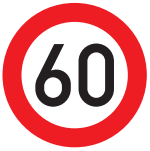
Speed limit signs in France are similar to those you see across Europe. France uses the metric system so all numbers refer to kilometres per hour. If you see ‘rappel’ on a French road sign this means the speed restrictions are still in place.
End of Speed Limit Restrictions

This sign tells you that you have reached the end of the zone with this required speed limit. Look out for new signs alerting you to a new speed limit.
Roundabout
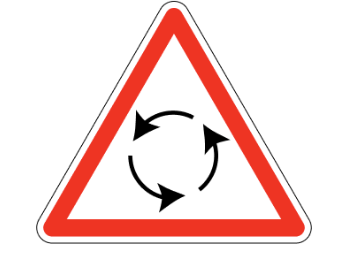
In France, you give way to traffic already on the roundabout or about to join from your left. Remember that roundabouts in France operate in an anticlockwise direction.
Restricted Driving Zone
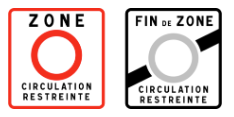
Some parts of France have low emission zones with signs indicating where they start and end. Low emission zone translates to ‘zone à circulation restreinte’ and it is best to research where the low emission zones are before you get to France. To drive in these areas you must display a ‘Crit’air’ sticker on your windscreen.
Accident Ahead
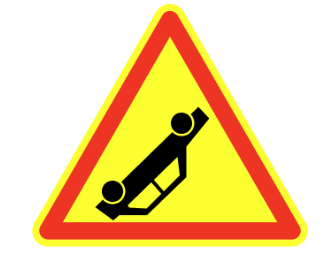
This is a temporary sign alerting you to an accident ahead. The road may be blocked and you should expect delays.
Turn Lights On/Off
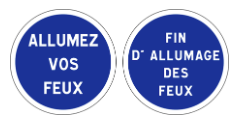
The sign stating ‘allumez vos feux’ is common and means you’re entering an area where driving with dipped headlights is compulsory at all times. The end of this will be marked by a sign labelled ‘fin d’allumage des feux’.
No Parking
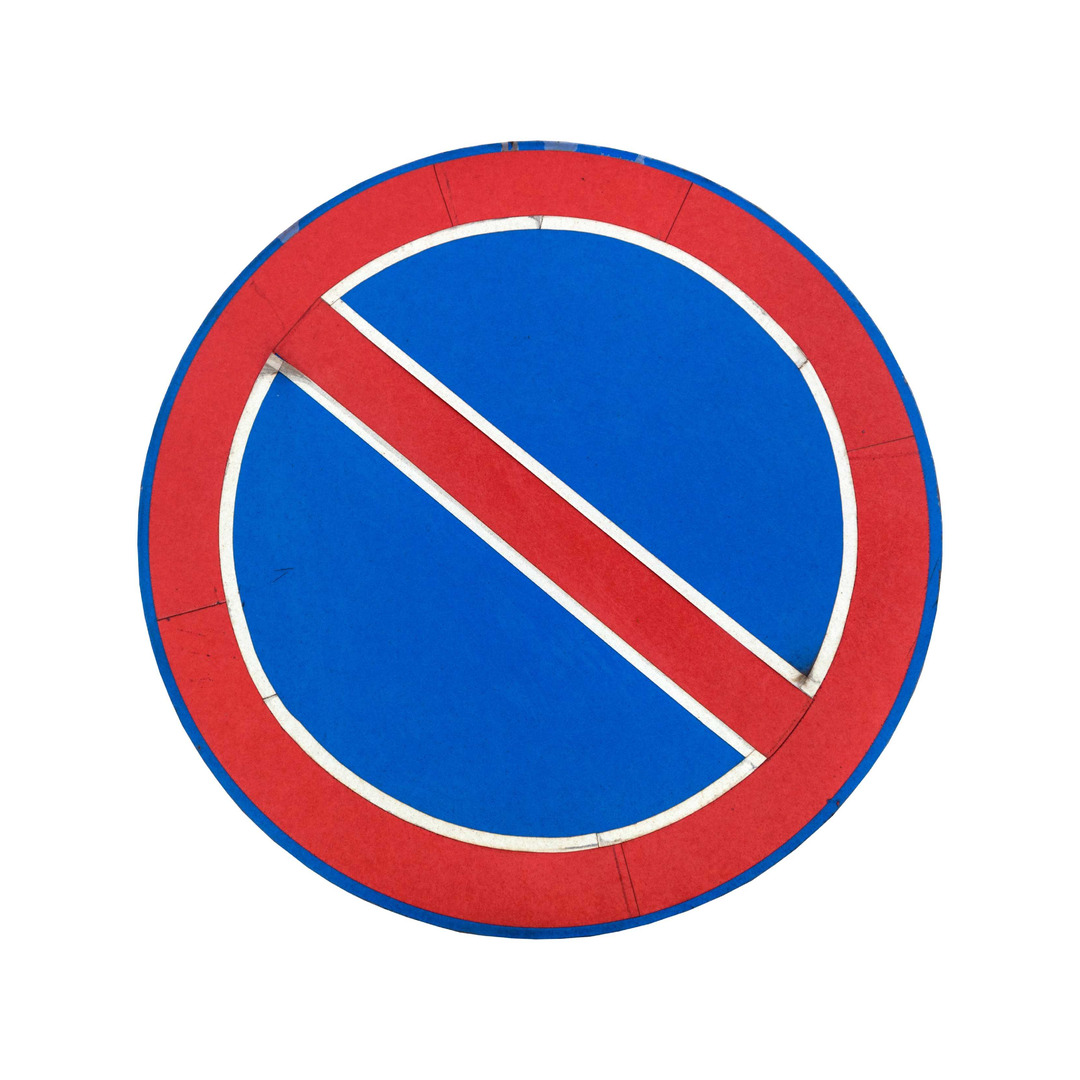
This sign indicates that you cannot park there. It will help if you research and plan where you can park before you start driving. If you are caught parking illegally, you could be issued a fine, or worse, have your car clamped and impounded.
Toll Booth Ahead
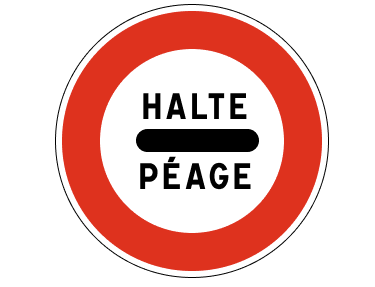
Toll roads are common in France and the sign ‘halte péage’ tells you that you need to slow down as you are approaching a toll booth.
No Vehicles Carrying Explosives

This sign alerts drivers carrying explosive or flammable materials such as fireworks, gas canisters or fuel for camping stoves, their access is prohibited. You may see this sign ahead of a long tunnel where recovery and emergency services access is hindered.
French Road Markings
French road markings share similarities with those found across Europe. However, it’s always a good idea to do some extra research to avoid any surprises. Here is a general guideline:
- Solid white line: This marks the edge of a road or lane that drivers are not allowed to cross.
- Broken white line: Breaks up lanes of traffic; drivers may cross these lines when it is safe to do so.
- Solid yellow line: Often in a zigzag pattern, these markings tell you parking and stopping are forbidden.
- Broken yellow line: Indicates you can stop to load or unload, but you are not allowed to park.
It’s also important to pay attention to road markings designating lanes for certain vehicles like buses, bikes, taxis and emergency vehicles. Driving in the incorrect lane could mean you get a fine of up to €135.
To avoid unnecessary fines, stay alert to your surroundings, make sure you’re driving in the correct lane and consider purchasing one of our car rental excess insurance policies for additional peace of mind.

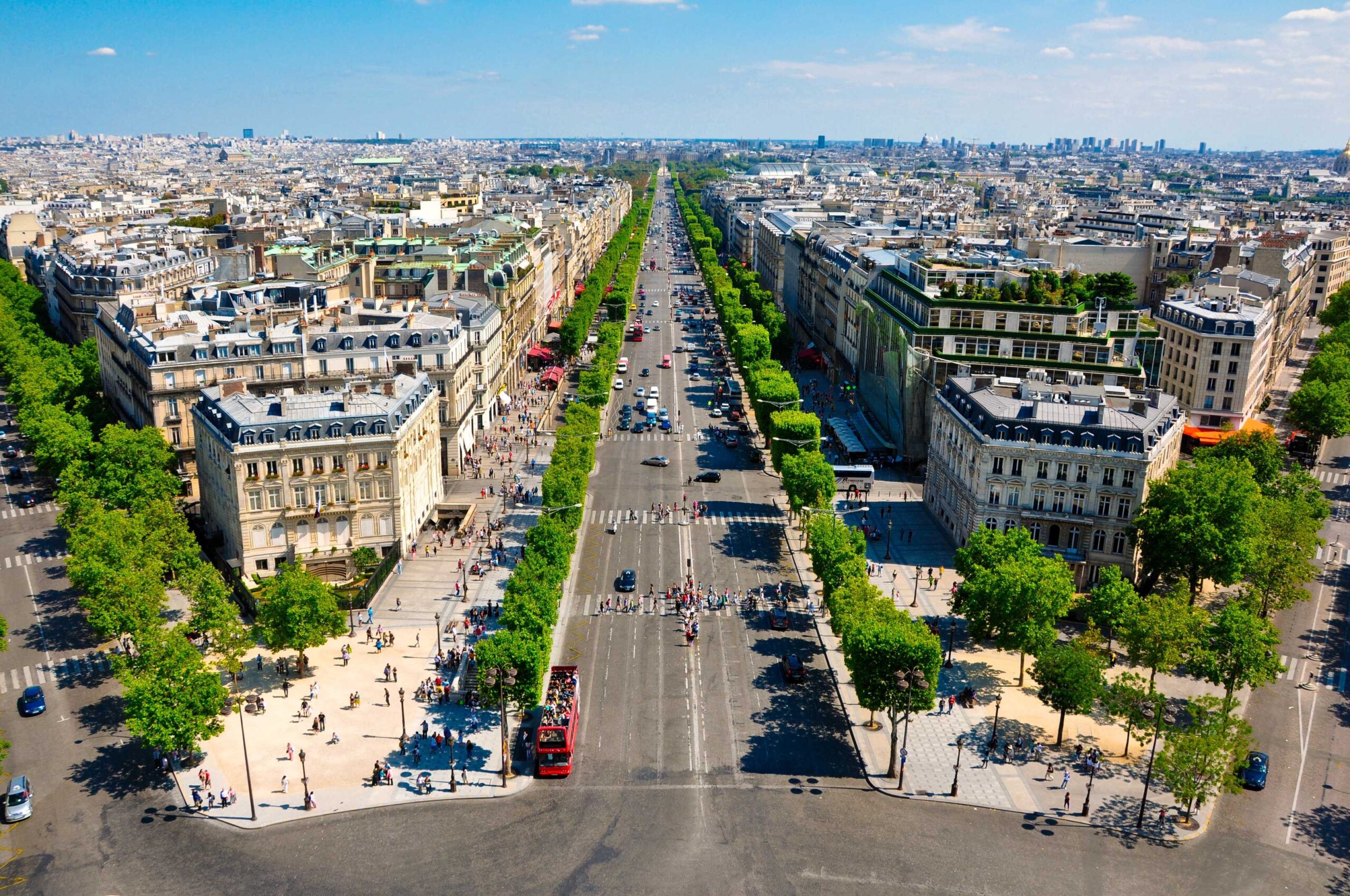
Comments are closed